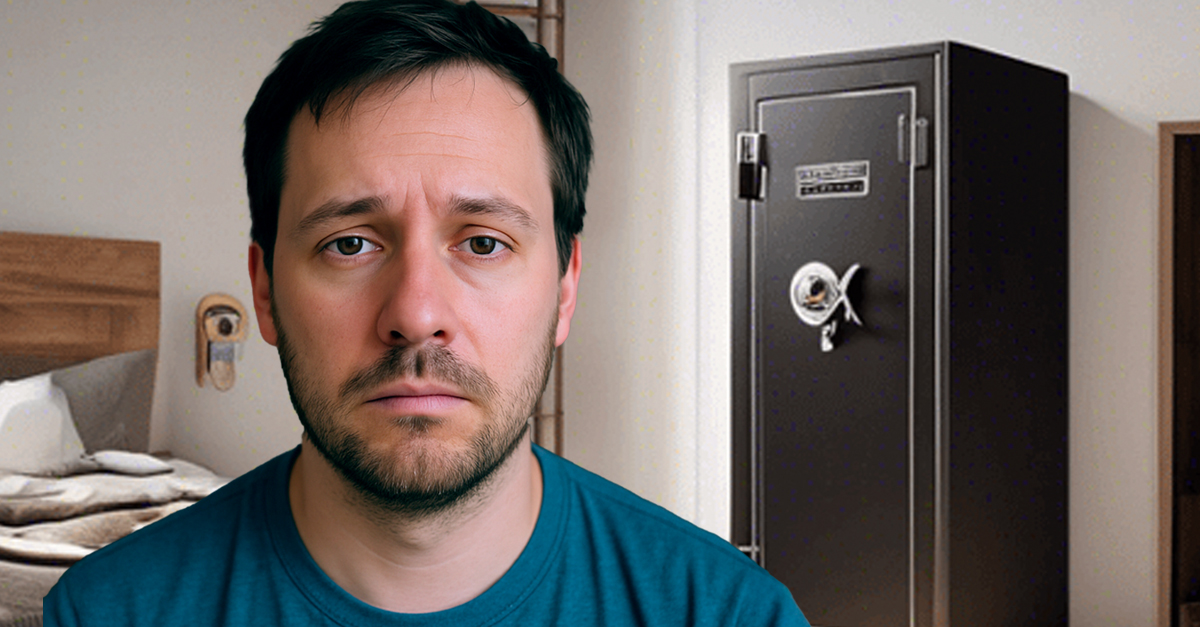Retirement Reality Check
Financial advisors might have warned about major expenses in retirement, but it’s the sneaky rise in everyday costs that’s keeping seniors up at night. The worrying part is that even the most basic items have morphed into budget-busting hurdles. Let’s look at the top 13.

Healthcare Costs
A healthy 65-year-old couple retiring in 2024 may expect to spend something around $395,000 on healthcare throughout their retirement. This figure, of course, varies depending on factors like the type of coverage chosen and individual health conditions.
Healthcare Costs (Cont.)
It has been reported that a healthy retired male with a Medicare Advantage Part D (MAPD) plan is projected to spend around $128,000 on healthcare. However, making use of Health Savings Accounts (HSAs) and considering long-term care insurance can help reduce some of these expenses.
 PeopleImages.com - Yuri A, Shutterstock
PeopleImages.com - Yuri A, Shutterstock
Housing Expenses
Apparently, retirees are said to spend around $20.362 every year on housing, which also includes their mortgage payments, rent, property taxes, insurance, and maintenance costs. This figure represents an increase of nearly 8% from the previous year.
Housing Expenses (Cont.)
Basically, housing costs account for over 35% of total annual expenditures for such households, and this makes it the largest expense category. In comparison, the average US household spends about 33% of its income on housing.
Housing Expenses (Cont.)
The great news is that a good number of retirees still carry mortgages. Reports indicate that over 19% of homeowners aged 65 and older continue to pay off their mortgages, with this figure rising to more than 25% for those aged 80 and above.
Transportation
Retiree households are spending around $8,172 a year on transportation, which works out to about $681 a month. That’s a 14% increase from last year. In contrast, the average spending on transportation for all US households is around $12,295 annually.
 Aitor Serra Martin, Shutterstock
Aitor Serra Martin, Shutterstock
Transportation (Cont.)
One of the key components of transportation costs is vehicle ownership. Some seniors prefer owning vehicles, which incur costs like fuel, insurance, maintenance, and registration fees. Apparently, the average price of new vehicles rose by 4.9% in 2022.
Fuel Costs
As of December 17, 2024, the national average price for regular gasoline was reported as $3.030 per gallon. Because some retirees rely on personal vehicles for transportation, rising fuel costs can strain their budgets, particularly if they are on fixed incomes.
Utilities
What qualifies under utilities are electricity, gas, water, internet services, and more. In one particular instance, it was mentioned that the US electric bill was expected to rise by 8% in 2024, reaching approximately $719 during the summer months. The extra is due to AC cooling costs.
Utilities (Cont.)
According to reports, extreme weather conditions are driving up utility costs as households rely more on air conditioning during heat waves. The National Energy Assistance Directors Association has noted that these trends are likely to continue ranking higher.
Food Costs
Food prices are going up, and it’s making it tough for seniors. A survey found that 25% of older adults have skipped meals because they’re too expensive. Lots of folks are now relying on food pantries or even signing up for help programs.
Food Costs (Cont.)
One such example is SNAP (Supplemental Nutrition Assistance Program). It has been noted that retirees spend about $7,306 annually on food, which translates to about $609 per month. Food expenses take up to about 25% of their monthly budgets.
Groceries
Everyday groceries have reportedly shot up in price as well. For instance, tomatoes cost almost 60% more, and potatoes and onions went up by about 36% and 67%, respectively, in 2024. Even garlic exhibited one of the highest year-over-year inflation rates.
Groceries (Cont.)
This was at 85.14%, indicating significant volatility in produce pricing. Apparently, a survey indicated that 62% of households are extremely concerned about inflation. The average annual spending on groceries would cost them around $7,306.
Maintenance
Older homes usually need more repairs and might require big updates to important areas like heating, cooling, or plumbing systems. When planning for retirement, it’s a good idea for retirees to stash away some money based on the percentage rule.
Maintenance (Cont.)
That’s about 1% to 4% of your home’s value, or the square footage rule, which is roughly $1 for every square foot of your home each year. It looks like keeping up a single-family home now costs about $10,433 a year as of Q3 2024.
Long-Term Care
Long-term care (LTC) is quite important for retirees because it includes various services to help with personal care needs over a long time. For couples aged 55 seeking long-term care insurance with a benefit of $800,000, the annual premium is around $5,000.
Long-Term Care (Cont.)
If they opt for policies without inflation protection, this could decrease to about $2,080 combined. Similarly, the approximate cost for a home health aide is about $5,148 per month, and for a private room in a nursing home, it is approximately $10,025 monthly.
Taxes
Many sources of retirement income are taxable, including distributions from traditional IRAs and 401(k) plans. However, qualified distributions from Roth accounts are tax-free if particular conditions are met. Social Security benefits might also be taxable based on total income levels.
Taxes (Cont.)
It is therefore advised that such individuals should check out some tax credits they might be eligible for, like the one for elderly and disabled folks. They must also look into deductions for medical expenses that go over a certain percentage of their adjusted gross income (AGI).
Health And Wellness
Many of them now allocate a larger portion of their budgets to health and wellness activities, understanding the importance of physical fitness and mental well-being. This includes memberships at gyms, fitness classes, wellness programs, etc.
 Centre for Aging Better, Pexels
Centre for Aging Better, Pexels
Health And Wellness (Cont.)
According to the 2024 Milliman Retiree Health Cost Index, a healthy 65-year-old male retiring in 2024 is projected to spend about $281,000 on healthcare expenses throughout retirement, while a female retiree can expect to spend about $320,000.
Caregiving Costs
In 2024, the average cost for in-home care services is between $31 and $34 an hour. That can instantly add up based on how many hours you need each month. Also, on average, homemaker services such as cooking and cleaning amount to $30 per hour.
Caregiving Costs (Cont.)
A study done by the American Association of Retired Persons (AARP) showed that people who provide unpaid care typically deal with an annual cost of around $7,200. This amount has gone up a lot lately because there’s a growing need for care services.
Emergency Repairs
The final expense is unexpected home repairs. These can throw a wrench into retirement budgets. They encompass leaking roofs, failing HVAC systems, and more. Sadly, these emergencies can cost thousands of dollars in a flash. Experts recommend maintaining a dedicated emergency fund to cover such unplanned expenses.
 Afanasiev Andrii, Shutterstock
Afanasiev Andrii, Shutterstock




























